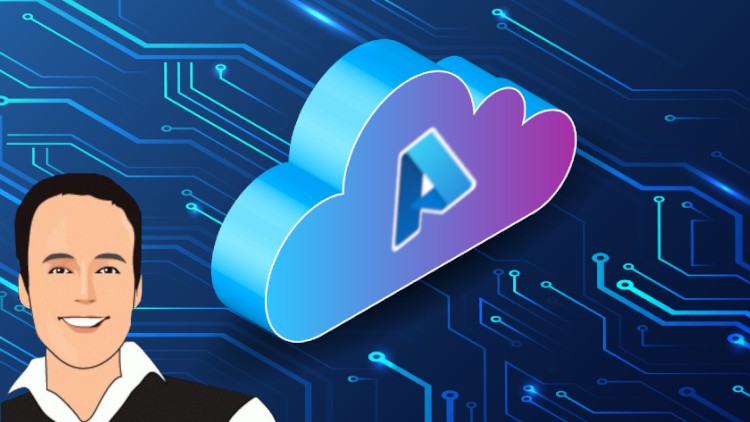در حال حاضر محصولی در سبد خرید شما وجود ندارد.

Get prepared for the AZ-305 exam with instructor led labs and hands on simulations available 24/7
در این روش نیاز به افزودن محصول به سبد خرید و تکمیل اطلاعات نیست و شما پس از وارد کردن ایمیل خود و طی کردن مراحل پرداخت لینک های دریافت محصولات را در ایمیل خود دریافت خواهید کرد.


SC-400 Course Microsoft Information Protection Administrator

MS-700 Managing Microsoft Teams Training & Lab Simulations

Microsoft Sentinel course with hands on sims for beginners

AZ-500 Microsoft Azure Security Technologies with SIMS

MS-900 Course with Practice Sims. Microsoft 365 Fundamentals

AZ-801 Configuring Windows Server Hybrid Advanced Services

Microsoft Applied Skills: Configure secure Azure networking

Microsoft Defender Course with hands on training and sims

SC-300 Course: Microsoft Identity and Access Administrator

Intune (MDM / MAM) Microsoft training course with HANDS ON
✨ تا ۷۰% تخفیف با شارژ کیف پول 🎁
مشاهده پلن ها